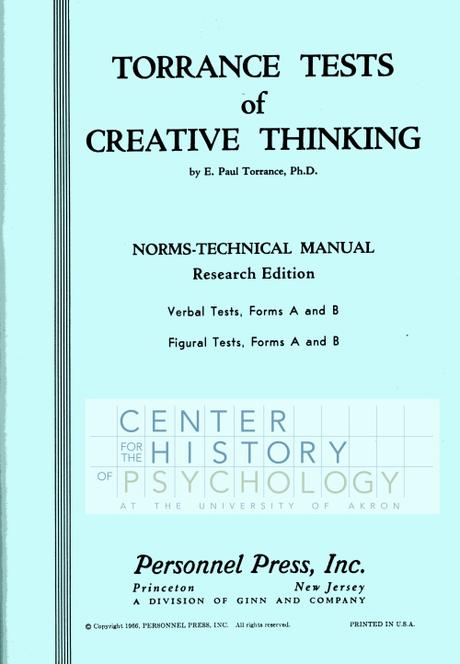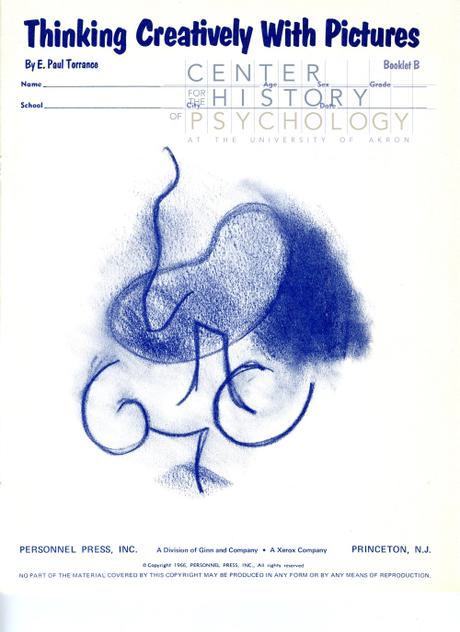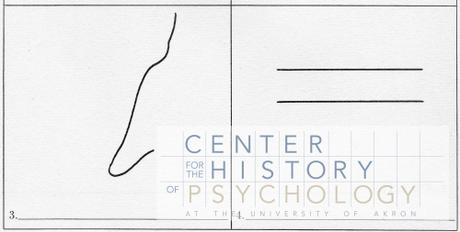-contributed by Ace Harrah.
Before we get into the nitty gritty, allow me to introduce myself. My name is Ace, and I’m a new intern here at CCHP. I’m the youngest intern here yet, being only 17 years old, which means that I’m still in high school. I have Bio-Med Science Academy to thank for the pleasure of being able to work with all of the wonderful people on staff here while still pursuing my diploma. I’m excited to share everything I’ve learned with you all!
My current project is researching psychologists who specialized in creativity. As you can imagine, this is a wide subject that requires a very niche interest to start researching. After all, what is creativity? How do you study such an abstract topic? I don’t have an answer to any of that, but I certainly can share what I’ve learned so far!
When I first started my research in our collections database, there was one name that kept popping up wherever I went: E. Paul Torrance. I’ve learned since then that Torrance was a psychologist who focused his studies on the creativity of children and looked to enhance the academic lives of the creative student. He felt that schools disregarded most of the students who were creatively gifted over students who are intellectually different. The main issue, he found, was that there was no way for schools to quantify a student’s inherent creative ability. Thus, he created the Torrance Tests of Creative Thinking (TTCT), a standardized test that looked to objectively measure the creative potential of a child.

Now, how does someone “grade” another’s capacity for creativity? After all, creativity is mostly immeasurable, right? Well, the TTCT supplies test subjects (or “pupils,” as the scoring sheet calls them) with different figures to build off of. The ambiguity (or lack thereof) in the shapes provides challenges for test takers and gives them an opportunity to create something entirely new with minimal constraints.

Torrance’s tests are still used today, although they are much more popular in Europe than here in the US. As a creator myself, I am personally a bit skeptical about how accurate Torrance’s tests really can be to measure one’s creativity. I think that creativity relies strongly on outside variables rather than one’s own innate ability.
As a side thought, is creativity really something we should try to quantify? Being told at a young age that you aren’t especially creative could deter individuals from pursuing artistic education, even later in their life. Perhaps creativity is something you learn through practice. Sure, some people are born athletes, but does that mean everyone else should give up on making the team? That’s one of the best things about humans: we adapt.

What would you create based off of this image?
